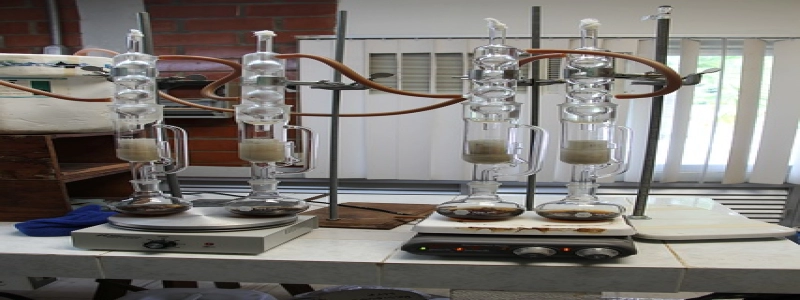Types of SFP
I. Introduction
A. Definition of SFP
B. Importance of SFP in network communication
II. Single-mode SFP
A. Description of single-mode fiber-optic technology
B. Characteristics and features of single-mode SFP
C. Advantages and disadvantages of single-mode SFP
III. Multi-mode SFP
A. Explanation of multi-mode fiber-optic technology
B. Characteristics and features of multi-mode SFP
C. Advantages and disadvantages of multi-mode SFP
IV. BiDi SFP
A. Overview of BiDi (Bidirectional) technology
B. BiDi SFP working principle
C. Advantages and disadvantages of BiDi SFP
V. CWDM and DWDM SFP
A. Introduction to CWDM (Coarse Wavelength Division Multiplexing) technology
B. CWDM SFP applications and benefits
C. Introduction to DWDM (Dense Wavelength Division Multiplexing) technology
D. DWDM SFP applications and benefits
VI. Conclusion
A. Summary of different types of SFP
B. Considerations for choosing the right SFP for specific applications
C. Future trends and advancements in SFP technology
I. Introduction
SFP, short for Small Form-Factor Pluggable, is a compact and hot-pluggable transceiver module commonly used in network communication. It is designed to provide high-speed data transmission between network devices. SFPs are essential components in networking infrastructure, enabling reliable and efficient data transfer.
II. Single-mode SFP
A. Single-mode fiber-optic technology utilizes a narrow core that allows only one mode of light to travel through it. This technology is best suited for long-distance transmission.
B. Single-mode SFPs are designed to operate with single-mode fiber-optic cables, offering higher transmission speeds over longer distances. They typically support transmission distances of up to 80 kilometers.
C. Advantages of single-mode SFPs include better signal quality, longer transmission distances, and higher transmission speeds. However, they tend to be more expensive compared to multi-mode SFPs.
III. Multi-mode SFP
A. Multi-mode fiber-optic technology uses a wider core that allows multiple modes of light to propagate simultaneously. This technology is suitable for shorter distances.
B. Multi-mode SFPs are used with multi-mode fiber-optic cables for transmitting data over shorter distances, typically up to 550 meters. They are cost-effective and widely used in local area networks (LANs) and data centers.
C. The advantages of multi-mode SFPs include lower cost, versatility in shorter distance applications, and ease of installation. However, they have limitations in terms of transmission distance and bandwidth.
IV. BiDi SFP
A. BiDi (Bidirectional) technology enables the transmission of data over a single fiber-optic cable using two different wavelengths, one for transmitting and the other for receiving.
B. BiDi SFPs utilize this technology, allowing for bidirectional data transmission over a single fiber-optic cable. They are ideal for situations where fiber-optic cabling is limited.
C. Advantages of BiDi SFPs include cost-effectiveness, reduced cable infrastructure, and simplified network design. However, they require precise wavelength matching and can be limited in terms of transmission distance.
V. CWDM and DWDM SFP
A. CWDM (Coarse Wavelength Division Multiplexing) and DWDM (Dense Wavelength Division Multiplexing) are advanced technologies used in optical communication.
B. CWDM SFPs use multiple wavelengths to transmit data simultaneously over a single fiber-optic cable, increasing the network’s capacity and reducing the need for additional cabling.
C. DWDM SFPs offer even higher capacity by utilizing more specific wavelengths to increase the number of channels transmitted over a single fiber-optic cable.
D. Both CWDM and DWDM SFPs provide significant benefits in terms of increased network capacity, scalability, and flexibility.
VI. Conclusion
In summary, various types of SFPs are available to meet different network communication requirements. Single-mode SFPs are suitable for long-distance transmission, multi-mode SFPs for shorter distances, BiDi SFPs for limited fiber-optic cabling, and CWDM and DWDM SFPs for increased network capacity. When choosing the right SFP for specific applications, factors such as transmission distance, cost, and network capacity must be considered. As technology advances, SFPs are expected to become more efficient, cost-effective, and capable of handling ever-increasing data demands in network communication.








